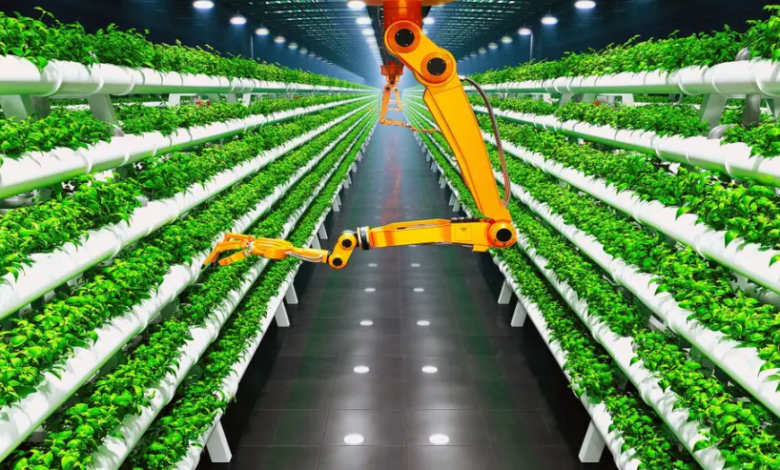Electro-Agriculture: A Revolutionary Method Reducing Land Use by 94%

A groundbreaking innovation known as electro-agriculture could drastically transform food production by reducing land requirements by 94%.
The electro-agriculture method, developed by bioengineers Robert Jinkerson and Feng Jiao, utilizes a solar-powered chemical reaction to convert CO2 into acetate, which can be consumed by genetically modified plants.
Electro-agriculture aims to improve energy conversion efficiency beyond the 1% rate of traditional photosynthesis. By using acetate—similar to a component in vinegar—as a food source, this method allows plants to thrive in controlled indoor environments, potentially revolutionizing agriculture, especially in space.
The process involves solar panels powering a chemical reaction that produces acetate from CO2 and water. Jinkerson emphasizes that this technique could reawaken metabolic pathways in adult plants, enabling them to utilize acetate for energy. Current research shows an efficiency rate of about 4%, a significant improvement over traditional methods.
The environmental benefits are substantial, as electro-agriculture could mitigate deforestation, reduce reliance on harmful fertilizers and pesticides, and restore natural habitats. However, challenges remain, including high setup costs and regulatory hurdles regarding genetic modifications.
While initial studies focus on crops like tomatoes and lettuce, researchers aim to expand this technology to staple foods such as sweet potatoes and grains. With ongoing advancements, electro-agriculture holds the promise of a sustainable and efficient future for food production.





